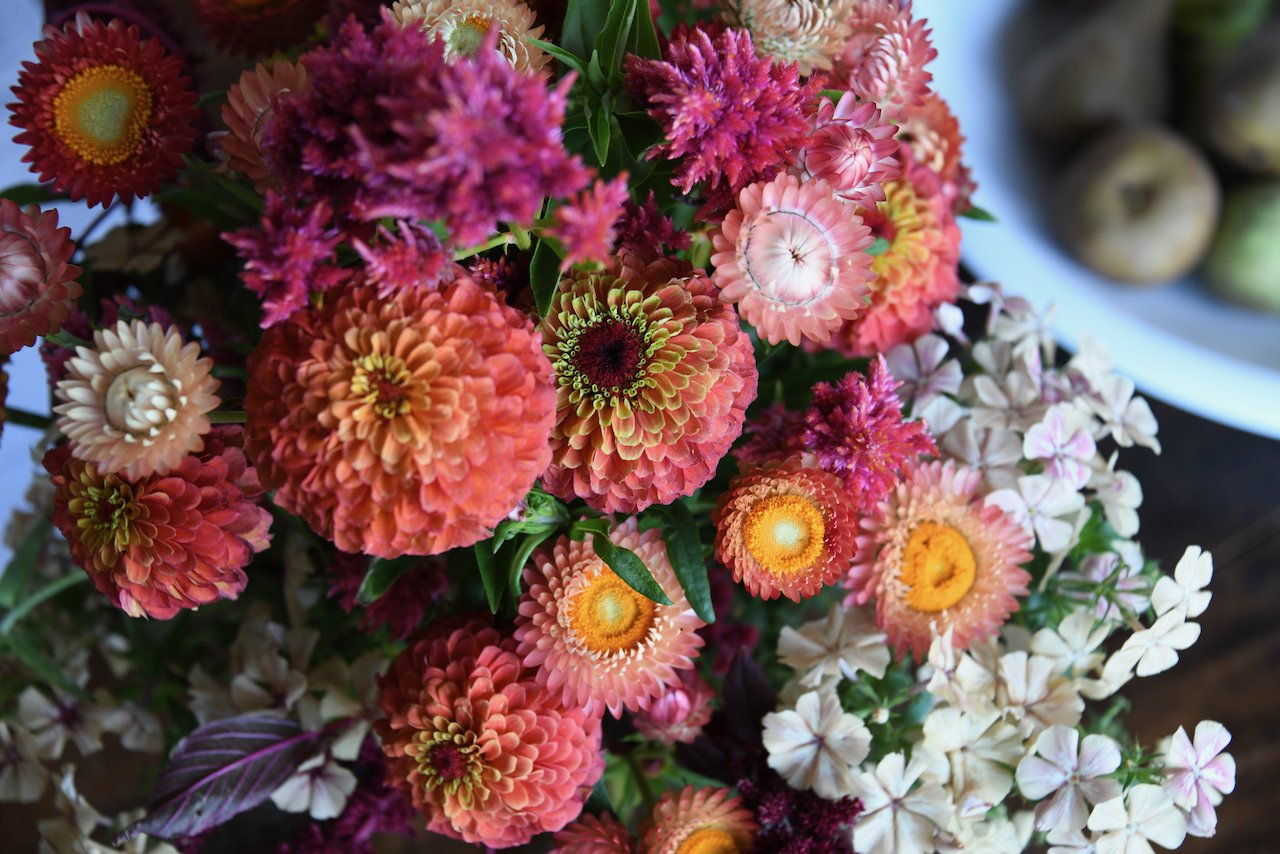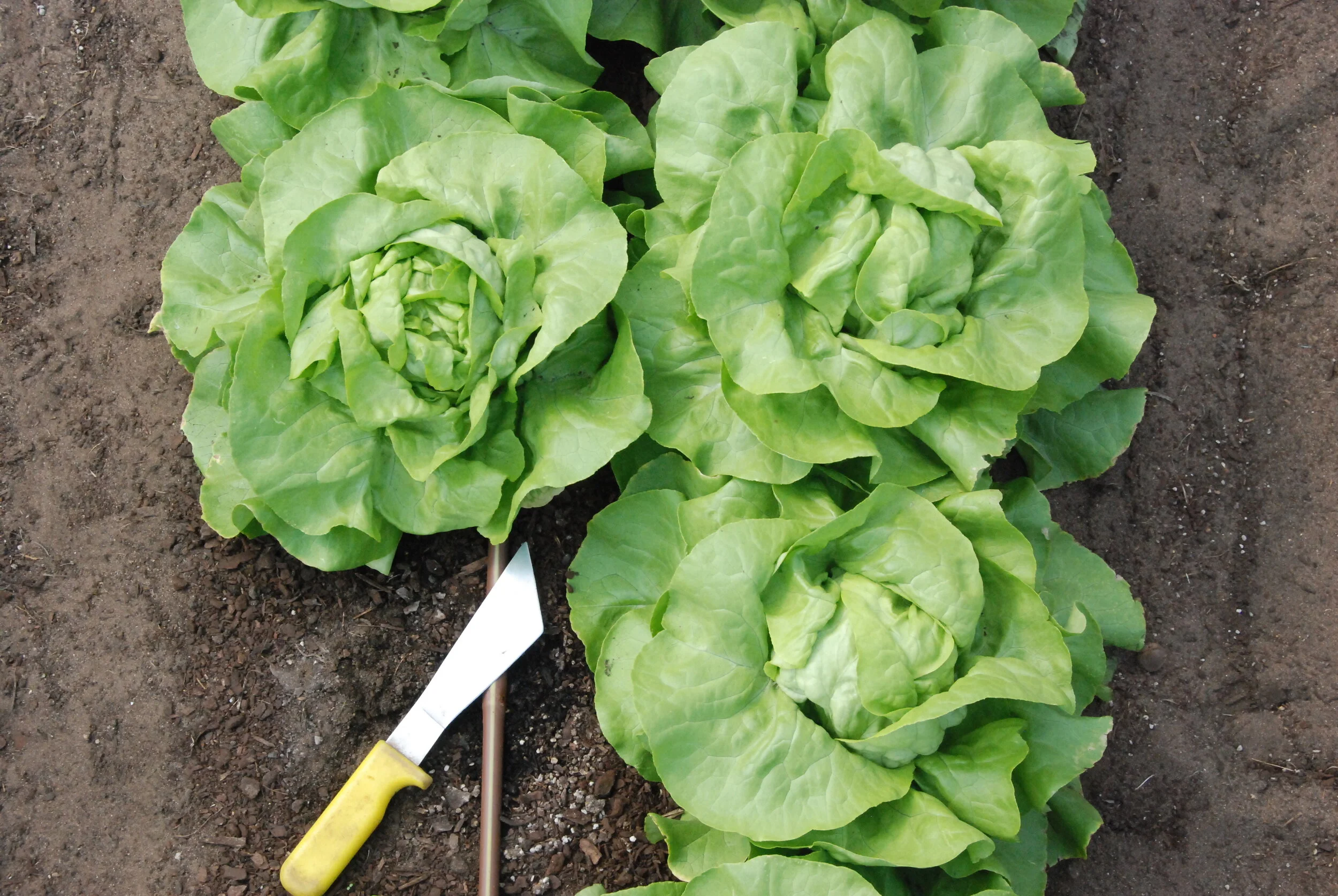Storing Seeds for Maximum Vitality and Vigour
/Each seed contains an embryo - amazing! And protecting that embryo through careful seed storage ensures the vitality and vigor of the future plant. Properly stored seeds can last…centuries…unbelievable! While most seed will last a few seasons if given optimum storage conditions.
For us, at Transition Farm, we strive for seed that wants to grow - quick germination in optimum conditions and a heartiness that is observable. This is seed viability and seed vigour.
The two variables that work together to reduce the life of a seed are:
RELATIVE HUMIDITY
TEMPERATURE
Optimum Conditions To Maintain Seed Viability and Vigour
DRY AND DARK
Relative humidity and UV rays quickly deteriorate seed life
COOL AND CONSTANT
A constant low temperature is preferable to a temperature that is variable.
SEED STORAGE - Simple Do’s and Don’t’s …
DO…
Ensure seed is fully dry before storage.
New, sealed packets from reputable companies are ready for storage
If you have opened packets that have been sitting in the open air, you can put them into a glass jar or ziplock bag with desiccant for three - five days to remove residual moisture before storing
If you have harvested your own seed (YAY!!), ensure it is completely dry before storing
Optimum seed moisture levels are difficult to judge BUT
for larger seed such as pumpkin, you can use the bend test. Bend the seed. It is fully dry if it snaps
The snap test is difficult to do with an onion seed. Try and grind a few seeds in a mortar and pestle
Lettuce, tomato and capsicum seeds…use tweezers to attempt to snap
Store seed and/or seed packets in a glass jar or sealed box with desiccant packages in a place where a constant temperature can be maintained
IDEAL TEMPERATURE IS 5C
A stable temperature is better then one that fluctuates.
Even a refrigerator in a family home can be variable.
A small bar fridge, a dark closet, a cupboard, a basement (be careful of humidity), a southern side room with no window, etc could all work
You can use a maximum/minuimum thermometer to find a space in your home, office or propagation space that maintains a constant, cool temperature.
Protect seed from insect and rodents
Store seed in a secure jar, tin or container. Rodents can and will chew through shoe boxes and even Tupperware!
Remove seed from cool storage at least 12 hours before opening the jar, bag or box.
This ensures that excess condensation does not enter the seed reducing the seed viability.
Sealed packages will last longer then opened ones.
Buy new seed each season
But, if you have purchased more then you need or saved your own…
Store excess seed in optimum conditions
If you have purchased more seed then you need, remove what you will need as quickly as possible once you have opened the packet. Then place desiccant in with the seed, seal the packet and leave in a cool, dry place for a few days.
You can then remove the desiccant and re-store in an airtight container in a fridge or cool, dry place
DON’T
Store seed in your propagation area
Not only are these areas usually moist, they are also usually in spaces with variable temperatures including high temperatures
Put dirt into a seed packet and then store it
If you know you are only using a portion of the seed, remove that portion from the packet so as to not contaminate the packet
Buy more seed then needed each season
Unless you are prepared to store the seed in optimum conditions
If you are worried about a variety being sold out, simply take the time to store excess seed properly to maintain its viability.
REMEMBER ‘The Rule of 100’
Combined storage temperature in Fahrenheit and relative humidity (RH) should be NO GREATER THAN a total value of 100.
For example, we store our seed in a cooler with approx 35% humidity at a temperature of 5C or 40F. Our magic number is 75!!
Seed Shelf Life by Variety
We have put a general use by date on all of our packages but we recognize that the true vitality and vigour of the seed depends on many variables including:
The health of the mother plant
The season itself
Harvest stage and condition
Post harvest handling including drying
Seed storage conditions
Although there are generalizations about seed vitality depending on variety and family, we have found that the before mentioned variables are best overcome through frequent seed germination testing, labeled on each packet.
To learn more about germination testing, read our post!
How do you manage your seed stash? We would love to hear in the comments!















